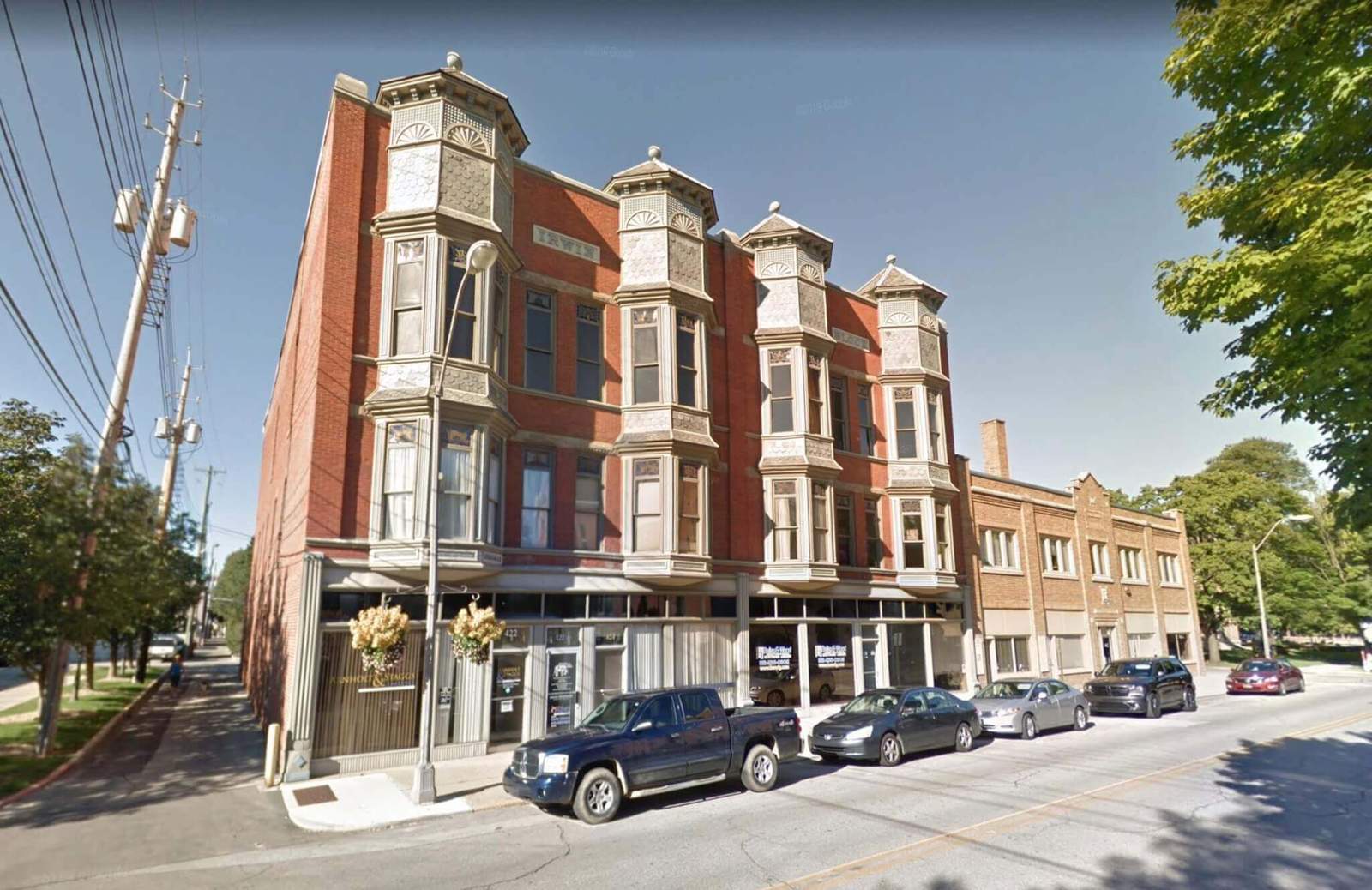Six historic rooms re-enchanted by India Mahdavi
India Mahdavi’s intervention is part of the larger project ‘Re-enchanting Villa Medici’ in Rome, envisaging the rearrangement of six historic rooms of the residence. Carried out with Mobilier National and the support of the Bettencourt Schueller Foundation, the project unveils a joyful design approach that creates a pleasing juxtaposition with the heritage that surrounds them, including the 16th-century paintings and frescoes by the Mannerist painter Jacopo Zucchi and the wall decorations by Balthus.
Widely known for her unique visual language, generously using colors and geometries in her work, the Parisian architect, designer, and scenographer, formed a lively yet refined art of living, where conviviality and timelessness harmoniously coexist. For some rooms, India Mahdavi has only changed the furniture layout or enriched the antique pieces with exceptional materials, giving life to a century-old house where times blend.

all images © François Halard
This project affected the rearrangement of six rooms, revitalizing the spirit of the place. Infused with India Mahdavi’s vivid design style, with geometric patterns and bold colors blending flawlessly, the new setting allows the Academy’s collections to stand out. An assemblage of sculptures, paintings, and historical tapestries from the Gobelins proudly stands next to the bright signature of Mahdavi, without losing their prestige and glory. The new design hosts unique furniture designed by the architect itself, including beds, tables, seats, and carpets. ‘The bed typology was inspired by the Renaissance period and the pattern, by the Villa’s floor itself,’ mentioned the architect. ‘

a new approach to Villa Medici’s rooms
The reenchanted rooms and salons of Villa Medici were opened to visitors on 15 and 16 April. Of the six rooms, three include Cardinal Ferdinando de Medici’s Apartments (the Chamber of the Elements, Chamber of the Muses and Chamber of Jupiter’s Loves), which were furnished at the end of the 16th century, and three guest rooms renamed the Lili Boulonger Salon, the Debussy Room and the Galileo Room.
‘Lili Boulanger, a fellow composer in 1913, was the first woman in the history of the Academy to be admitted to the music composition section. Today, the Villa Medici library holds ten scores, including one manuscript. Claude Debussy, a fellow of the Academy between 1885 and 1887, composed four works there that were not well received by the Paris Conservatoire, heralding the composer’s non-conformist turn. For his part, Galileo, a Medici protégé, stayed at the Villa Medici twice, first in 1615-1616 and then in J633, after his abjuration before the Inquisition tribunal.’

A team of French and Italian craftsmen with excellent expertise and skills in wood, marquetry, weaving, and cabinet-making also contributed to the completion of this project. Among others, Maison Cromon-Logorde, renowned for its marquetry techniques, made the furniture for the Debussy room; Maison Tréco fitted out the rooms with high-class bedding designed in France; and Deviated is equipping Villa Medici with its iconic connected speakers Phantom for immersive experience.



